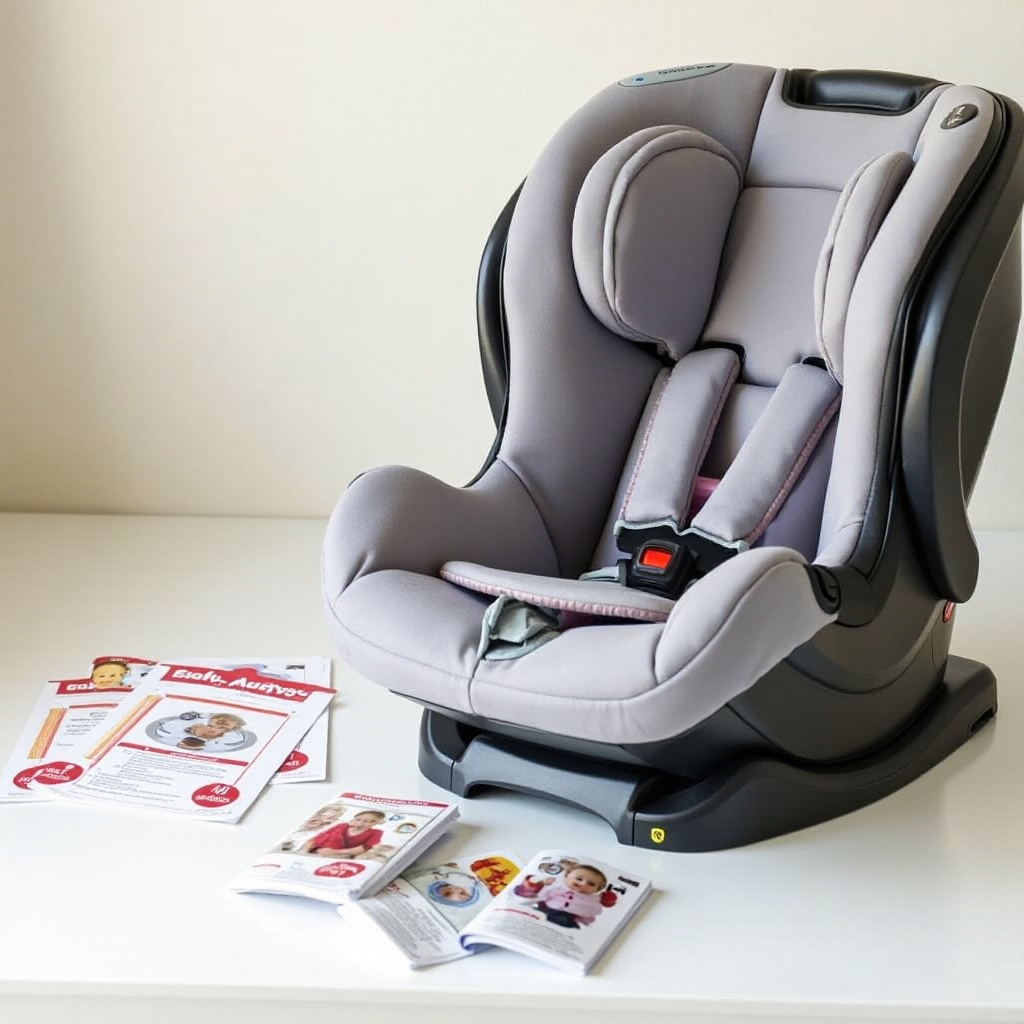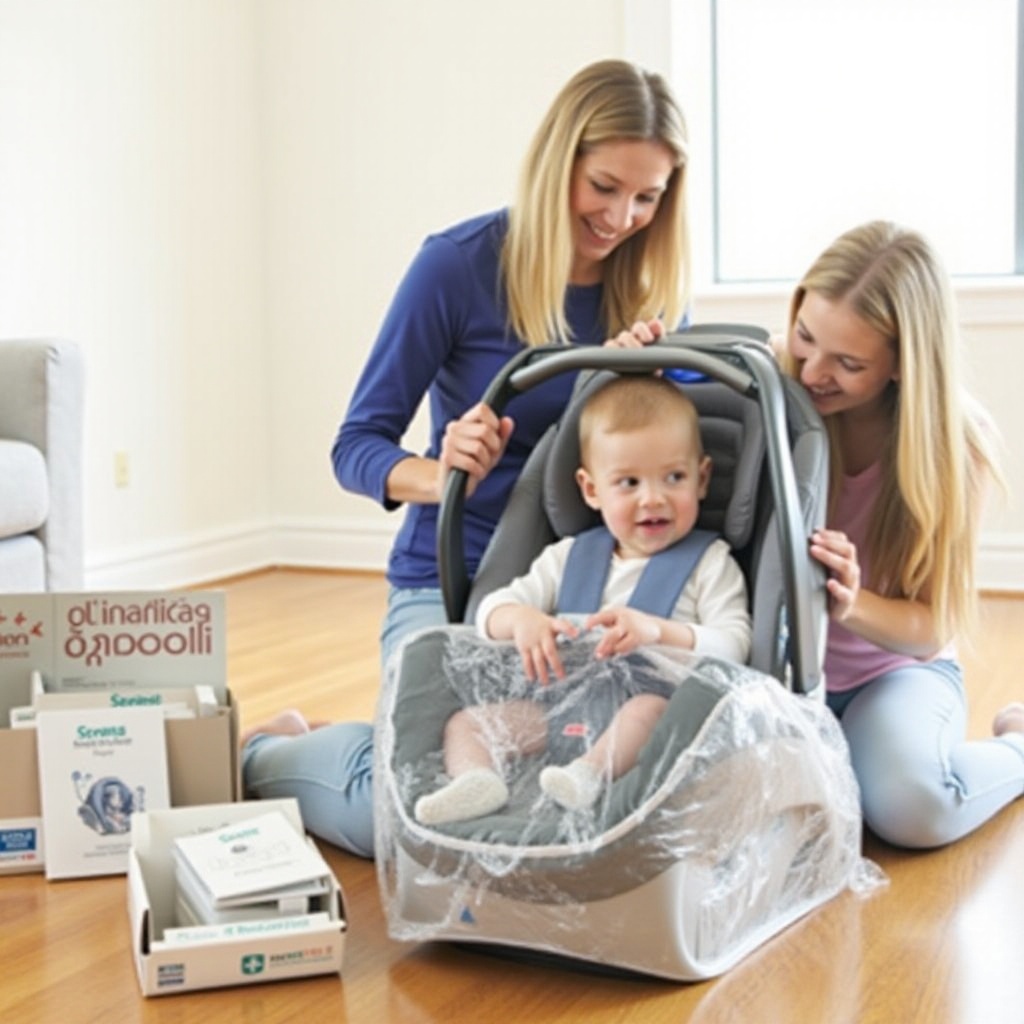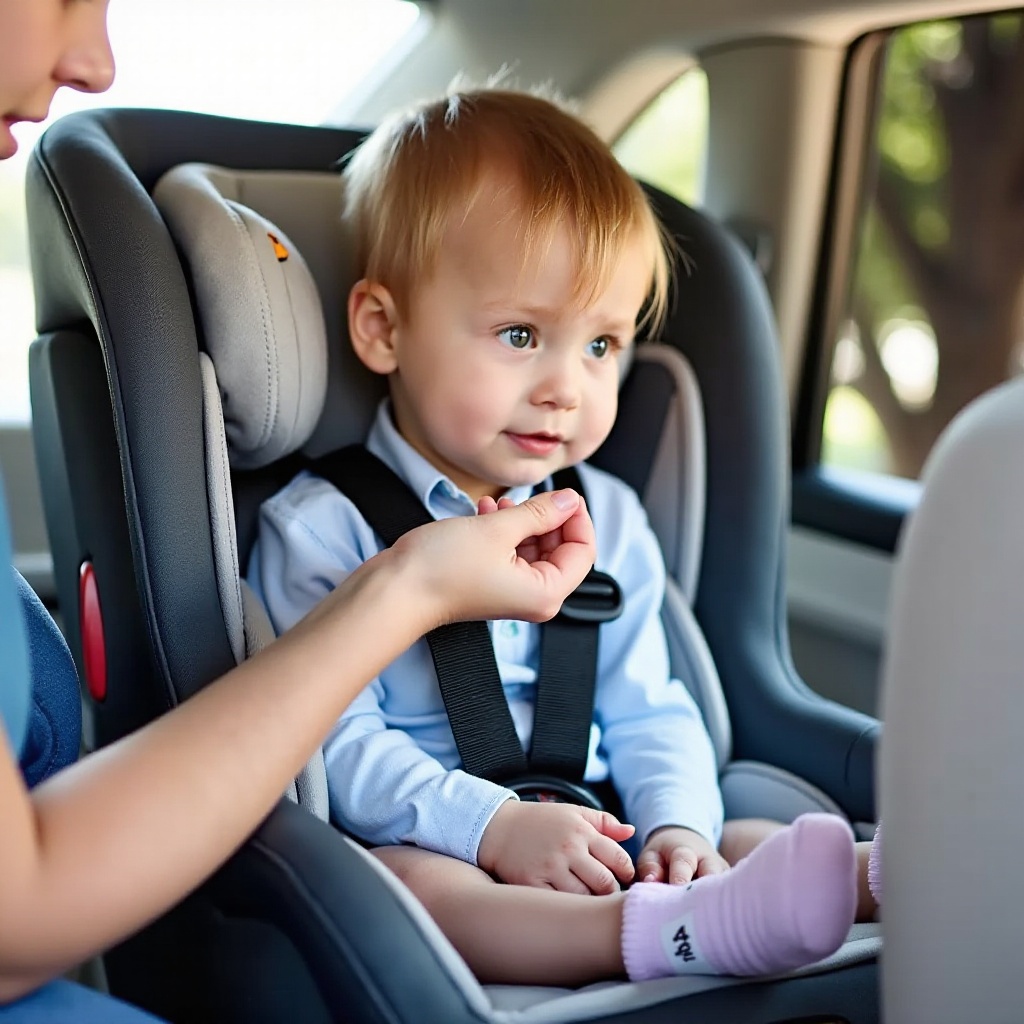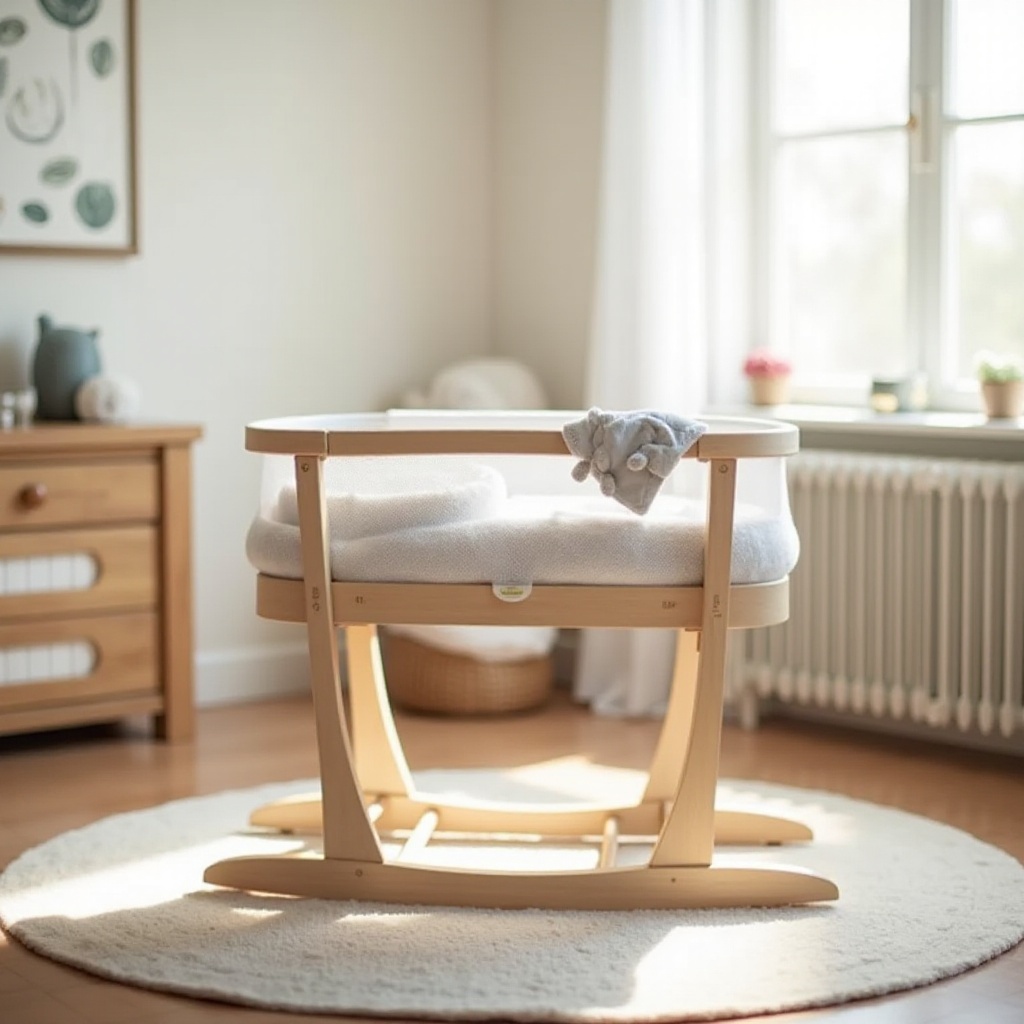Safety First Infant Car Seat Instructions
Introduction
Ensuring your infant’s safety during car rides begins with proper car seat installation and use. A car seat is more than just a purchase; it’s an essential investment in your child’s well-being. Correct use of an infant car seat can prevent injuries and save lives in case of an accident. Thus, understanding how to accurately use the Safety First Infant Car Seat is paramount for every parent or guardian.
In this comprehensive guide, we’ll walk you through all the necessary steps to properly install, adjust, and maintain your Safety First Infant Car Seat. By following these instructions, you can have peace of mind knowing that your little one is secure and safe. Let’s start by discussing the importance of car seat safety and then proceed with the unboxing process.

Understanding the Importance of Infant Car Seat Safety
The significance of infant car seat safety cannot be overstated. Numerous studies and reports confirm that proper use of car seats significantly reduces the risk of fatal injuries in infants during vehicular accidents. According to the American Academy of Pediatrics, using a rear-facing car seat can decrease the risk of injury in infants by 71%.
Knowing the intricacies of car seat safety ensures that your child is better protected. One part of the battle is owning a car seat, but an equally critical part lies in knowing how to install and use it properly. Proper installation and fitting are crucial. Let’s now unpack the Safety First Infant Car Seat and explore how to set it up correctly.
Unboxing and Getting Started
Upon receiving your Safety First Infant Car Seat, unbox it carefully and ensure that all components are present. Inside the box, you should find the car seat, base, instruction manual, and any additional accessories. Take a moment to familiarize yourself with the parts of the car seat and their functions; this will make the installation process smoother.
Start by thoroughly reading the instruction manual. Ensure you comprehend each step before initiating the installation. Familiarize yourself with harness adjustments and buckle mechanisms as these will be pivotal during both installation and daily use. Now, let’s proceed to the step-by-step installation guide.

Step-by-Step Installation Guide
Rear-Facing Installation Process
- Locate the anchors: Check your car’s manual to find the appropriate anchor points for rear-facing car seats.
- Place the base: Position the base of the Safety First Infant Car Seat on the vehicle seat.
- Attach LATCH connectors: Secure the LATCH connectors to the anchor points in your vehicle. Ensure they are locked in place.
- Adjust the angle: Use the level indicator on the base to adjust the angle. The car seat should be reclined at the correct angle to keep the infant’s airway open.
- Secure the base: Tighten the LATCH belt or seat belt as applicable. The base should not move more than an inch from side to side.
Adjusting the Harness and Straps
- Place the car seat: Once the base is securely installed, place the car seat onto the base until it clicks.
- Adjust the harness: Put the infant in the car seat and adjust the harness to fit snugly. The straps should be at or just below the shoulders.
- Tighten the harness: Pull the harness adjustment strap to snug the harness. You should be able to fit no more than one finger between the harness and your child’s collarbone.
Checking for a Secure Fit
- Ensure correct recline angle: Double-check the level indicator to confirm the seat is at the correct angle.
- Test the base: The base should be immovable. Attempt to move it from side to side.
- Check harness snugness: Ensure the harness straps are snug and that the chest clip is at armpit level. This helps keep the child secure in the car seat.
Proper Use of Harness and Straps
The harness and straps are critical for your child’s safety. Always ensure the harness straps are flat and not twisted. The shoulder straps should be adjusted to fit your child as they grow. As a rule of thumb, the chest clip should be at armpit level for a secure fit.
Always buckle your child snugly. A loose harness may not provide adequate protection in the event of a crash. Regularly check the tension of the harness and adjust as needed. Replace any worn-out or damaged parts immediately to ensure continuous safety.

Common Mistakes to Avoid
Avoiding common mistakes can be a lifesaver. Here are a few pitfalls to steer clear of:
- Incorrect recline angle: Ensure the car seat is at a proper angle to avoid breathing difficulties for the infant.
- Loose harness: Always ensure the harness is snug and well-fitted.
- Using aftermarket products: Avoid using non-approved accessories as they can affect the performance of the car seat.
Being aware of these mistakes can ensure that your car seat offers the best possible protection.
Maintenance and Cleaning Tips for Your Car Seat
Regular maintenance is essential to ensure the durability and safety of your car seat. Here’s how you can keep it in top condition:
- Regular Cleaning: Follow the manufacturer’s guidelines on cleaning the seat cover and harness. Use mild soap and water.
- Inspection: Regularly inspect the seat for wear and tear, especially in the harness and straps.
- Storage: Store your car seat in a dry place away from direct sunlight when not in use to avoid damage to materials.
Regular care will maintain the car seat’s integrity, ensuring it continues to provide optimum protection.
Conclusion
Ensuring your child’s safety during every car ride is of paramount importance. By following these detailed instructions on installing, adjusting, and maintaining your Safety First Infant Car Seat, you can drive with confidence knowing that your child is secure. Regular checks and proper usage habits will make a significant difference in ensuring safety.
Frequently Asked Questions
What should I do if my car seat doesn’t fit properly?
If your car seat doesn’t fit properly, recheck the installation steps. Consult with a certified child passenger safety technician (CPST) for assistance.
How often should I check the car seat installation?
It is recommended to check the installation before every trip and routinely at least once a month to ensure everything is secure.
Can I use aftermarket products with my car seat?
No, using non-approved aftermarket products is not recommended as they can interfere with the safety features of the car seat.

